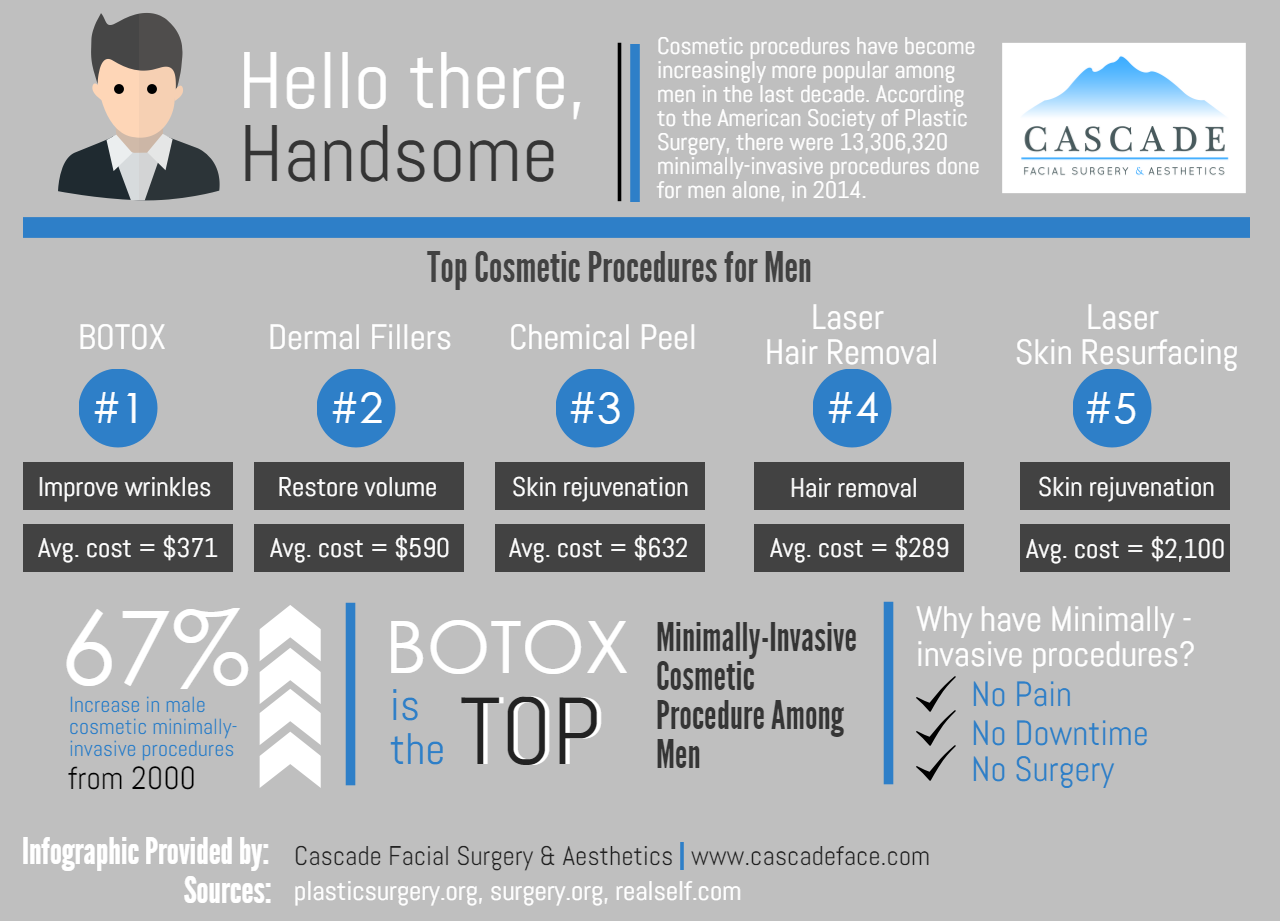What Is Blue Light Therapy For Acne
What Is Blue Light Therapy For Acne
Blog Article
Exactly How to Use Acne Place Treatments
Acne area treatments can be an effective device in the battle against acnes. However like all skin products, they must be used appropriately to get the best outcomes.
For instance, prior to using a place therapy, you need to consider icing the area. This cooling method helps speed up the healing process and will make your spot treatment much more efficient.
1. Cleanse the Area
Before applying a spot treatment, make sure to completely cleanse the area. Applying a treatment to dirty skin will be less effective and can cause irritation.
Acne spot treatments work by delivering a high dosage of acne-fighting active ingredients straight to an outbreak, clarifies dermatologist Michelle Henry. These items can can be found in several kinds, from lotions to gels or lotions, and they're normally created to target energetic outbreaks to decrease inflammation, inflammation and speed up the healing process.
Some sorts of place therapies have anti-inflammatory active ingredients, while others are drying out, like retinoids or sulfur, which assist to unclog pores and eliminate excess oil. There are also formulas that help discolor post-acne marks or dark places, thanks to lightening up components like L-ascorbic acid and niacinamide. Some even have blemish-squashing abilities, like adapalene, which works to promptly clear imperfections by obstructing the pore's opening. You can discover these at the counter or by prescription from a skin specialist.
2. Apply the Spot Therapy
A place therapy provides a high dose of acne-fighting ingredients straight to the contaminated area. The goal is to eliminate microorganisms and minimize red marks, swelling or any type of scabbing left behind. For example, our acne place therapy consists of 2.5% Benzoyl Peroxide, so it doesn't dry skin or create painful.
If you have a visible whitehead that's ready ahead out, you can use a non-drying area treatment at bedtime to aid assist in the process without irritating the bordering skin. Or else, reach for a drying out place treatment when the blemish has actually currently burst and is exposed.
A place therapy ought to be used independently from everyday treatments or serums that you place around your face, unless your doctor advises it for long-lasting use. The factor is that area treatments are designed to be used directly to blemishes or dark places (depending upon what you're treating) and not over huge locations of mostly clear skin, as this can aggravate the healthy and balanced skin and cause a breakout.
3. Wait a Few Minutes
You'll find that the majority of area treatments have guidelines for the length of time to leave them on for maximum performance. Comply with those recommendations to prevent irritation or drying the skin-- a typical skin care error that dermatologists say can flare up your acne.
An additional skincare behavior to prevent is applying several treatments to a solitary blemish or outbreak. That includes both place therapies and creams that belong to your daily skin treatment routine. Skin doctors suggest waiting a couple of minutes prior to utilizing various other products in addition to your acne area therapy to provide it time to work without getting watered down or disturbed.
One exemption to this policy is sunscreen, which dermatologists agree should be used first since it needs a long time to work on its very own to penetrate your pores, states Goldenberg. Just make sure to rub out any other skincare items before reapplying facial beverly hills your sun block. That will guarantee it covers the blemish appropriately and helps discolor any red or dark marks that may have been left by your blemish marks.
4. Moisturize
A lot of dermatologists agree that using acne treatment, lotions and lotions in the right order will certainly assist decrease breakouts. This suggests cleanser first, complied with by any treatments with a thinner uniformity and then a cream for oily skin. This includes a non-comedogenic cream or lotion with shea butter, jojoba oil or another all-natural moisturizer that will secure dampness without obstructing pores.
Acne spot treatments are powerful, targeted solutions made to work with a specific acne. They function to kill the germs that creates inflammation and stop an acne from getting bigger or spreading out. They are not suggested to be utilized as a basic ubiquitous acne treatment and using them to locations past the target area can trigger irritability and a rash.
If your skin feels as well completely dry after using an area therapy, downsize the application and moisturize more frequently. You might also wish to think about switching over to a different kind of acne therapy, like our low-dose 2.5% benzoyl peroxide acne therapy. It is clinically shown to clear and stop acne with much less dryness, redness or itching than various other prescription acne drugs.